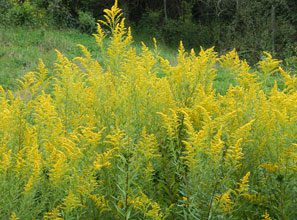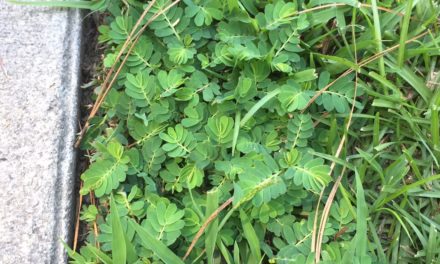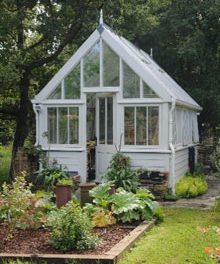 In the colder months of the year we can enjoy the evergreen shrubs and trees in our landscapes and muted colors of sky, grass and clouds. The marsh is golden, and fields of wildflowers and grasses are tan and brown.
In the colder months of the year we can enjoy the evergreen shrubs and trees in our landscapes and muted colors of sky, grass and clouds. The marsh is golden, and fields of wildflowers and grasses are tan and brown.
Winter colors are not the hot pinks, yellows, and orange reds of the other seasons. That’s all right, and it’s good to take a break from all that summer showing off and attracting butterflies. This is the season to take stock of what it takes to survive. Roots have underground storage of carbohydrates: roots, tubers, bulbs, rhizomes, and corms. Energy is conserved by deciduous trees, and the soil replenished with nutrients from decomposing leaves and needles. Animals rely on stored plant energy to fuel their families over the winter; nuts, fruits and seeds containing fats and oils may be stockpiled or eaten by migratory birds who are returning visitors to the Lowcountry.
Winter plumage and coats of some animals may also be a toned-down version of the spring mating season’s garb. If you are an animal or bird it makes sense to not be visible to predators, and all those fancy feathers are nutritionally expensive.
As the winter solstice approaches the sun is lower on the horizon, and daylight is not as brilliant. It is dark much of the day and all night. Plants are resting, and we are not as physically active as in warmer months. We can take advantage of this time of year to plan for spring. We can take inventory of tools, storage and/or garden spaces that might need repair, updating, or redesign. Catalogues are coming in the mail. Check in with your garden journal to see what worked and what didn’t. Start a journal if you don’t already keep one.
Thankfully nature’s designs and patterns are more visible when leaves are off the trees. Now is the time that we observe the magnificent spread of red and white oaks, gums, and elms; now the yellow hickory leaves, evergreen pines, magnolias, and live oaks step into the spotlight. Cedar waxwings and other clever birds can see the bright red berries on the yaupon holly, and the blue juniper fruits are consumed heartily. Bark patterns and colors show up like impressionist paintings in a gallery as if some unseen hand brushed on the pigments and decorated the branches with moss, ferns, and lichens. On the ground, in the leaf litter mushrooms and other fungi are capturing plant energy and moisture, converting and rearranging the molecules into their own beautiful forms.
Winter has its own special beauty, and the South Carolina Lowcountry is such a great place to appreciate the gifts of nature. The smells, colors and music enrich our journey through the seasons. Slowing down makes it easier to appreciate small and beautiful details.







